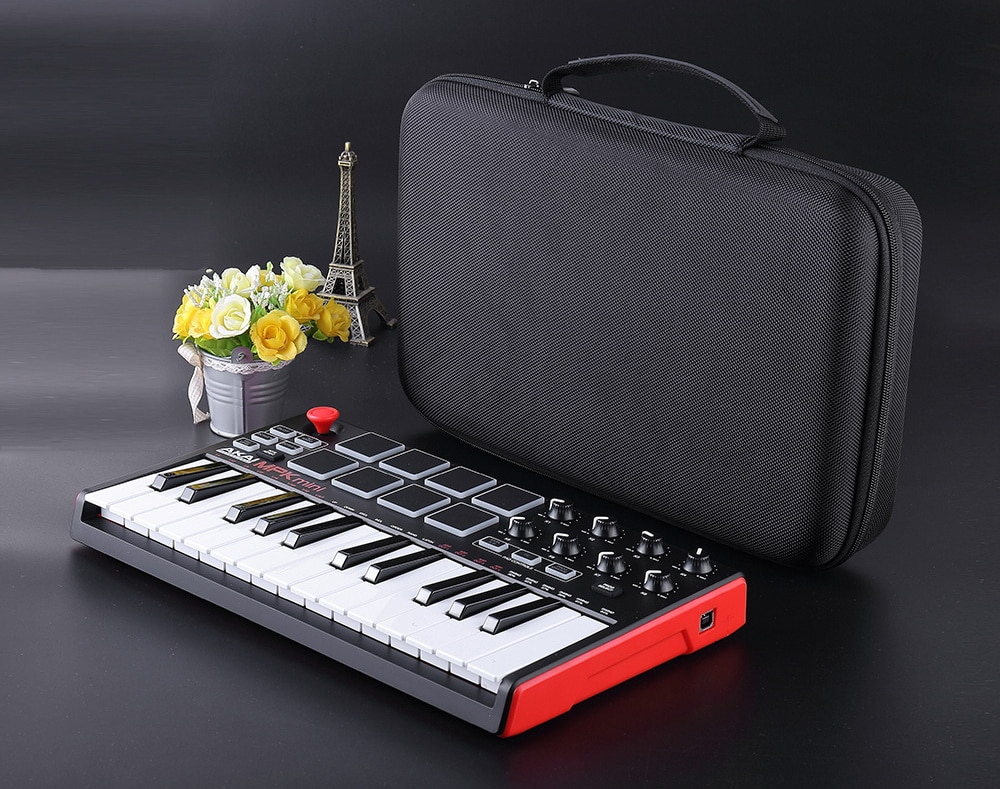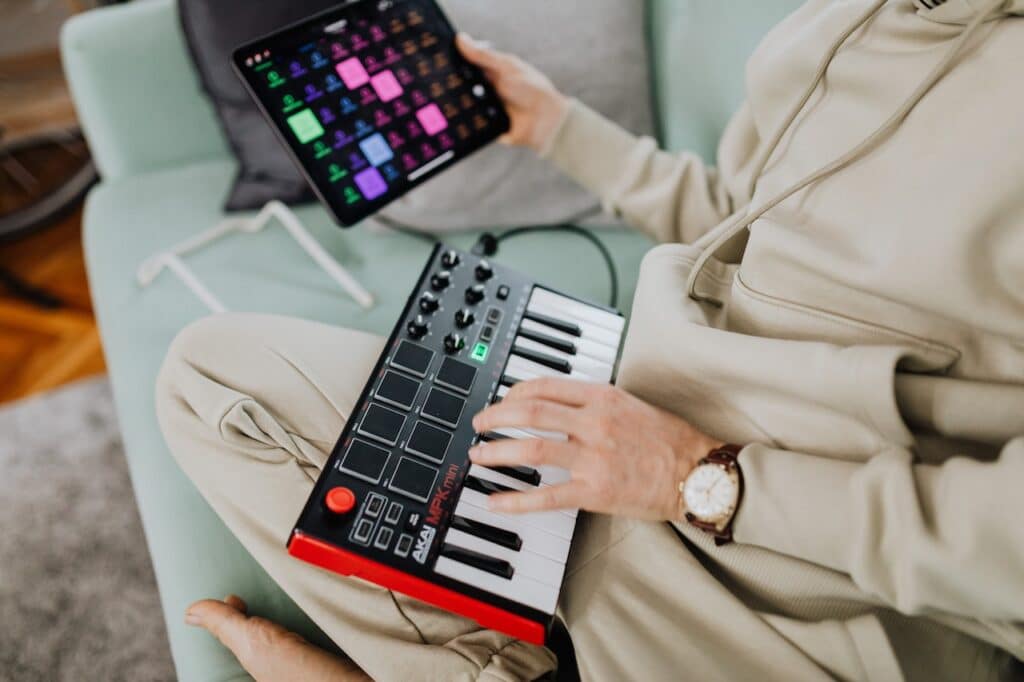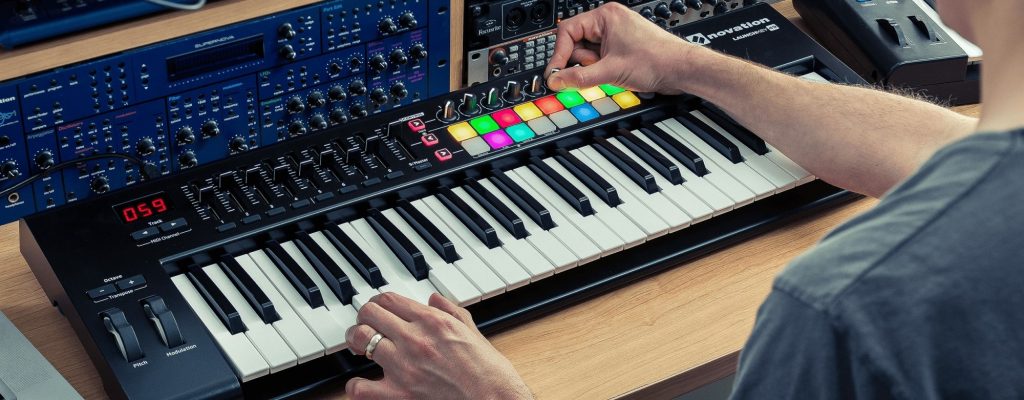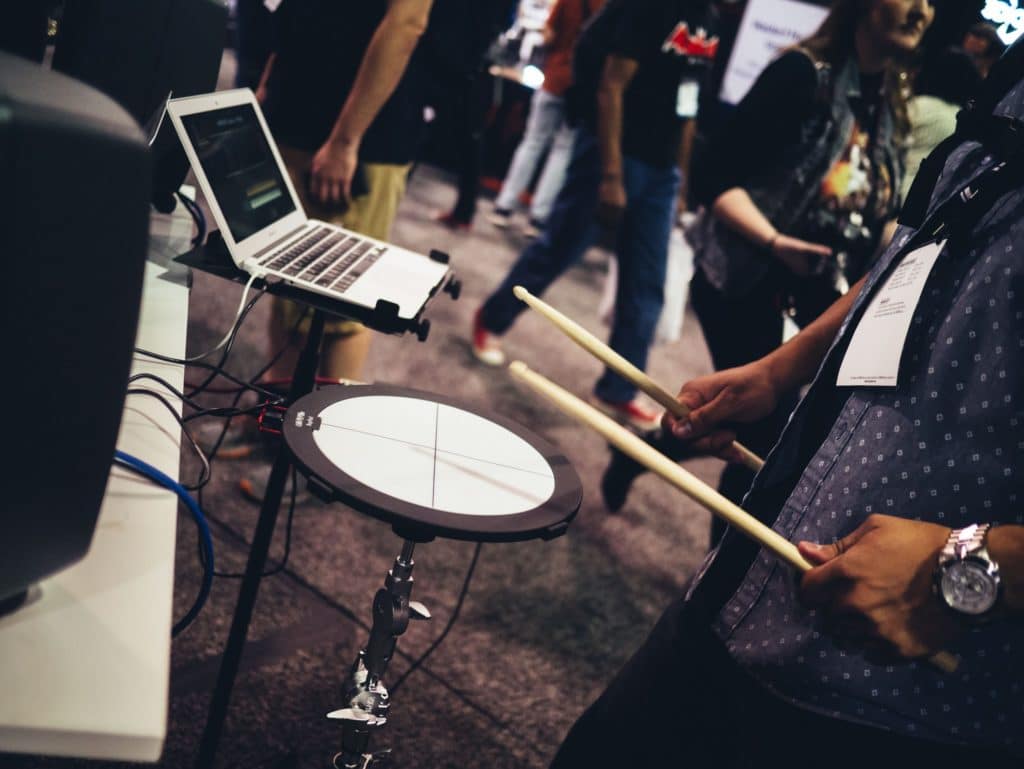What is a MIDI keyboard controller?
MIDI keyboards are musical devices that feature piano-style keys as well as other buttons, wheels, and sliders. These send MIDI signals to devices, such as PCs and iPads, using MIDI protocol. Those signals, when interpreted, will enable the device to produce various sounds and tones.
Features to consider when choosing a MIDI keyboard
Each MIDI keyboard is different from the next in one way or another. Most of what makes up the difference is a feature in one model that may not be present in another. Also, this affects functionality to the point where one product may be considered superior to another. As such, each feature associated with a MIDI keyboard needs to be looked at carefully, as we have done below.
Number of keys
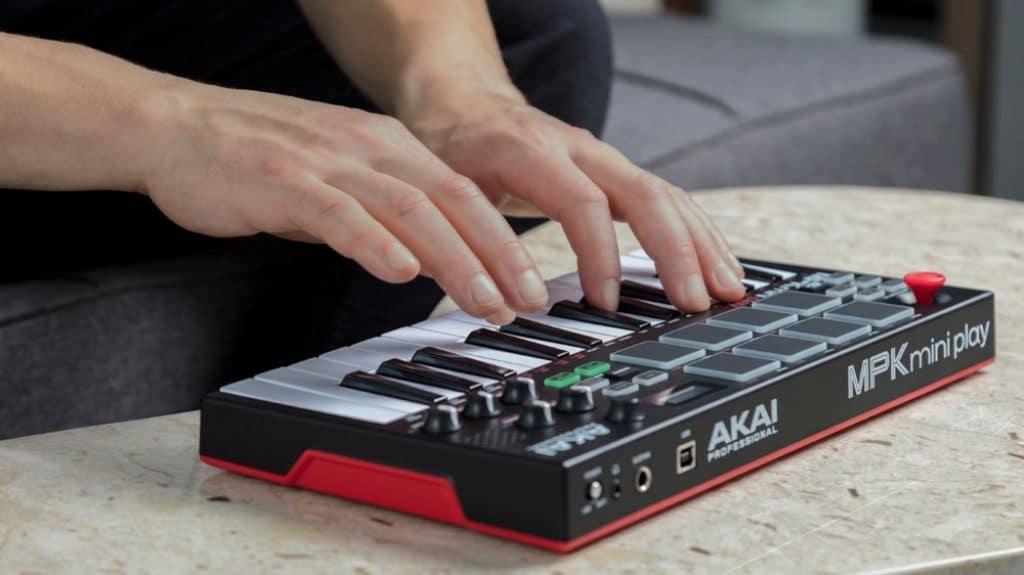 Smaller MIDI devices tend to have 25 keys in total, as exhibited by the Novation Launchkey Mini [MK3]. Such a small amount of keys may not take much space hence why products with the same number of keys are portable. They, however, may be lacking in some areas where an 88 key device like the M-Audio Hammer 88 may do well.
Smaller MIDI devices tend to have 25 keys in total, as exhibited by the Novation Launchkey Mini [MK3]. Such a small amount of keys may not take much space hence why products with the same number of keys are portable. They, however, may be lacking in some areas where an 88 key device like the M-Audio Hammer 88 may do well.
Larger keyboards may also be considered more comfortable to play as they possess the same layout as full-size pianos.
Action
Each device you look into will respond to your touch in different ways. Weighted keys, for instance, are the highest-rated. This is because they offer the closest feel to an acoustic piano since they offer similar levels of resistance. A synth-action will be the fastest key to spring back up to position due to their spring construction. The semi-weighted key action is a bridge between spring mechanism and the addition of some weights. They thus offer light to moderate resistance when pressed. In contrast semi-weighted keys will be a bit slower to get back up than their synth counterparts due to the inclusion of a weight. Ultimately it falls to you to determine if the action of a keyboard controller is worth the purchase or not.
Aftertouch
With a lot of lower-end devices once you hit a certain key and they produce a sound, that is the end of it. Other higher-end models allow you to hold the key for longer. This will, in turn, result in a tone or sound being held for longer. As mentioned this feature is available in higher-end devices that tend to cost more money. Nevertheless, if this feature is not all that important, you can choose more budget-friendly models to purchase.
Inputs&Outputs
Common input, as well as output modes, include USB and the 5-pin MIDI jack. Nevertheless, the 5-pin is slowly being phased out by the more modern USB option. Both options have positive and negative aspects attached to them, and only you can choose the one that you feel works best for you.
Pads
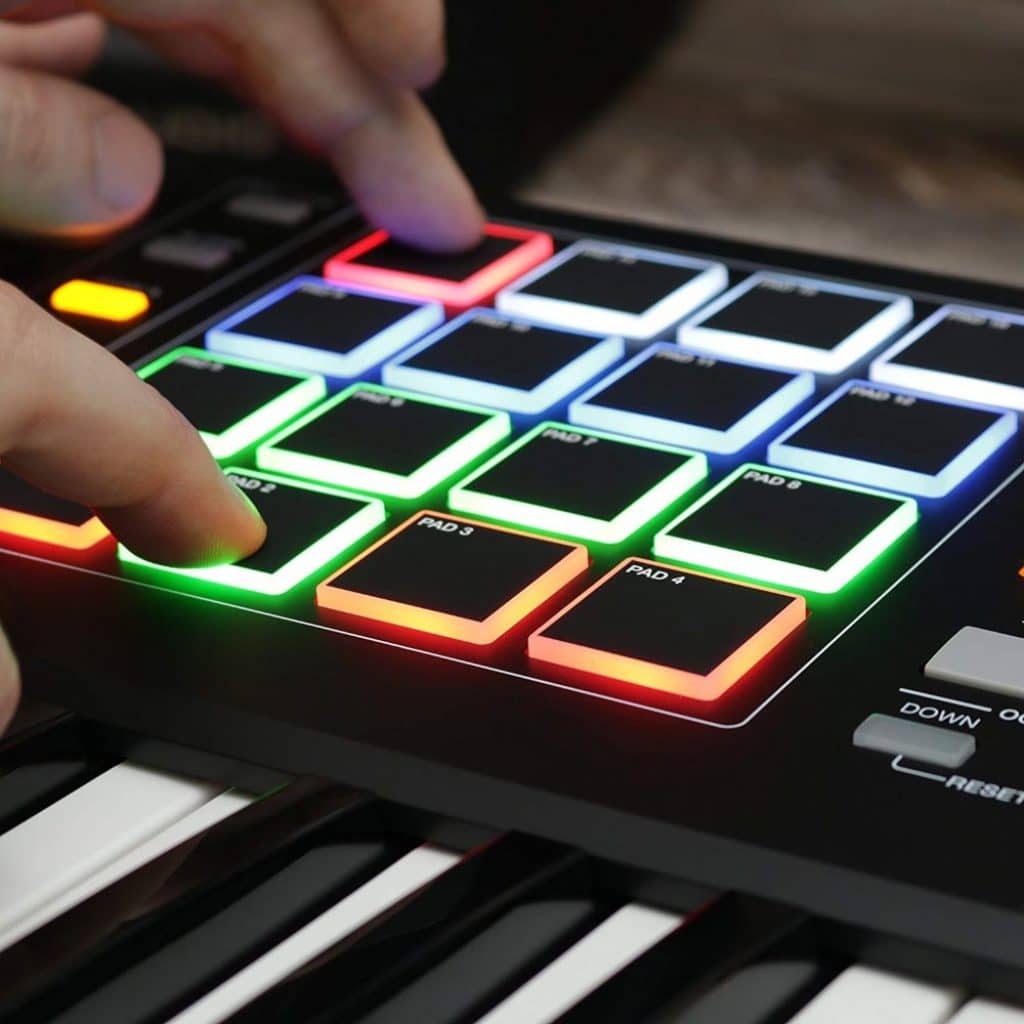 You will find that pads vary in number, size, color, and more. This is evidenced by devices such as the Novation Launchkey Mini [MK3] in comparison with the Samson Carbon 61. The Novation has 16 while the Samson doesn’t have any. There will also be a disparity in velocity. While pads will typically be made from the same material, some are more sensitive than others.
You will find that pads vary in number, size, color, and more. This is evidenced by devices such as the Novation Launchkey Mini [MK3] in comparison with the Samson Carbon 61. The Novation has 16 while the Samson doesn’t have any. There will also be a disparity in velocity. While pads will typically be made from the same material, some are more sensitive than others.
You should know that pads more or less function the same as keys with one major difference. A keyboard can be used to create melodic lines and chords, while the pads are more likely to be used in creation of individual sounds and beats.
It, therefore, falls to you to determine how essential pads are to your plans and your music-making experience and then make a decision based on that.
Buttons, faders, and knobs
A common theme with regards to MIDI keyboards is that buttons will likely not have fixed uses. They will be programmable, and hence you can use software and other settings onboard the device to determine how they will be used on a day to day basis. This is the same with faders and knobs. In rare cases, you may find a situation where the faders and knobs are dedicated to particular functions. As to whether or not you can live with that, it falls to you to answer that question.
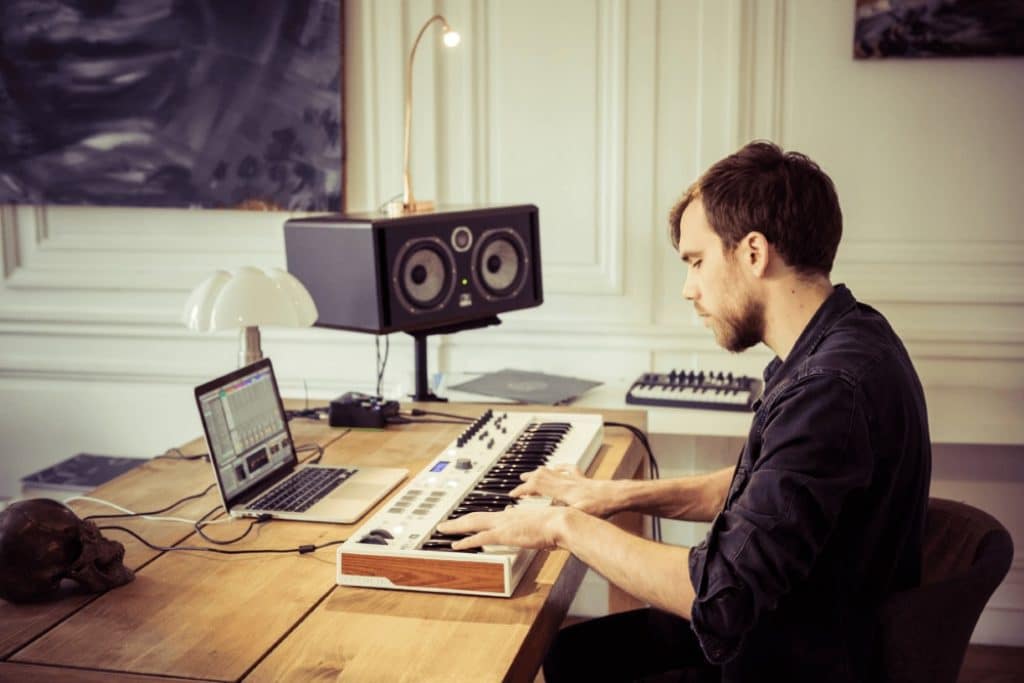
Power supply
A common theme is USB-powered MIDI controllers. These can be turned on as soon as you plug them into a computer. The second most common occurrence is those that work with a socket; hence will need an adapter to plug in. In rare cases, you will see battery-powered options such as the Akai Professional MPK Mini Play.
Pitch bend wheel and mod wheel
It is almost certain that each MIDI controller will have these two wheels somewhere on the surface of the device. Devices like the Novation Launchkey Mini [MK3], however, opt to use touch strips to help you modify both pitch bend and modulation. The important thing is to have some sort of interface that enables you to adjust both of these parameters.






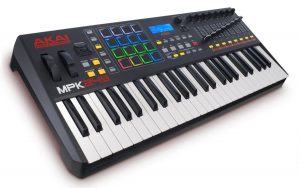
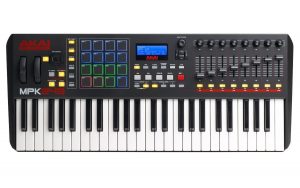
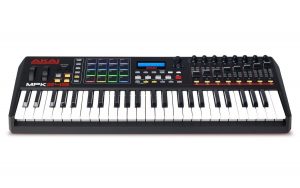

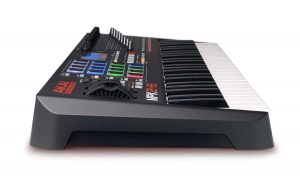

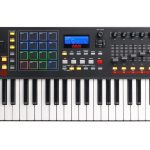
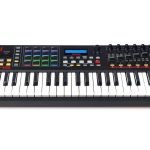
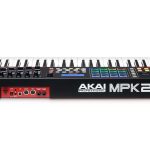
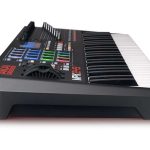

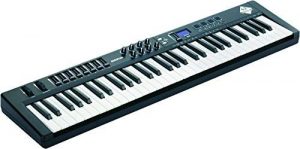
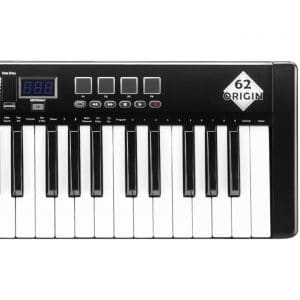
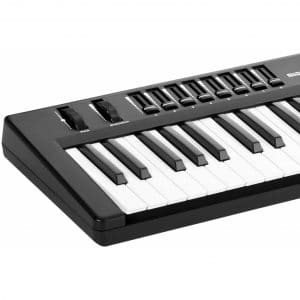

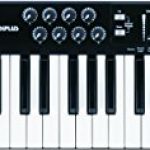

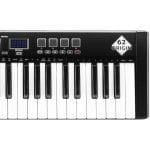
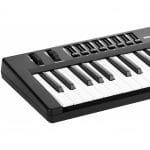
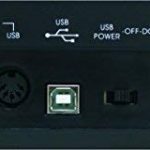
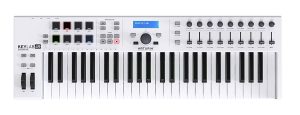
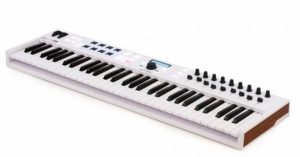

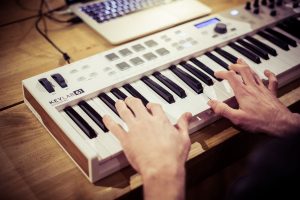

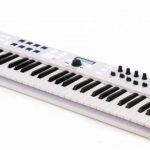
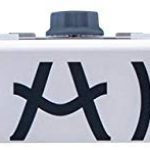
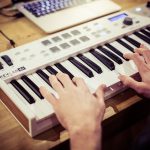
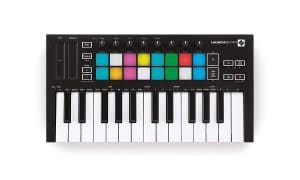
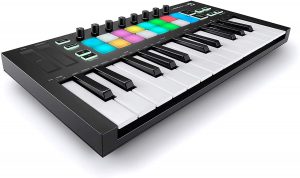

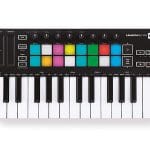

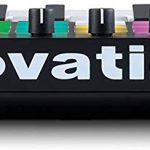
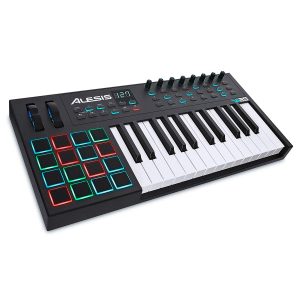
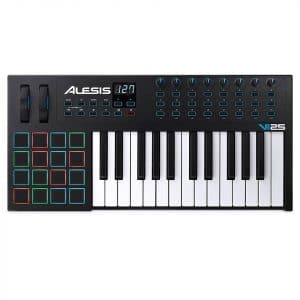
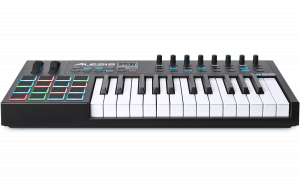
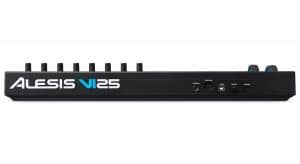
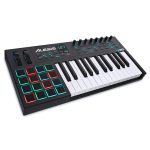
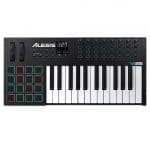
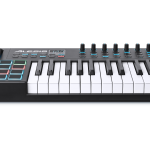
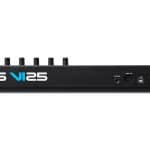
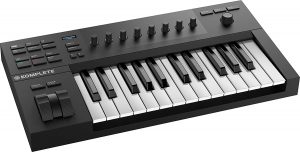
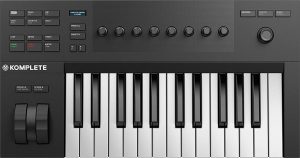


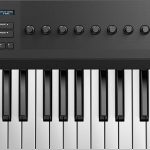



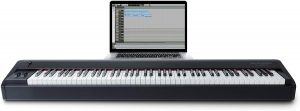

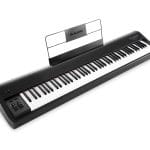
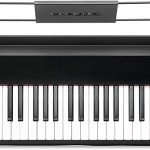
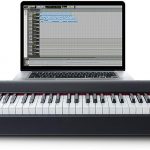
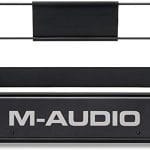
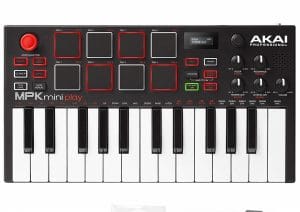



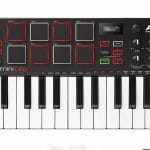
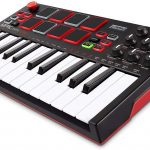
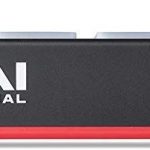


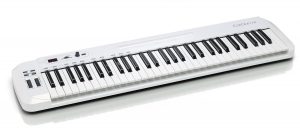


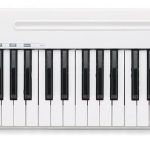

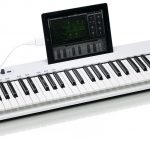
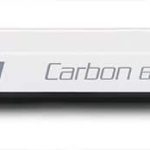
 Smaller MIDI devices tend to have 25 keys in total, as exhibited by
Smaller MIDI devices tend to have 25 keys in total, as exhibited by  You will find that pads vary in number, size, color, and more. This is evidenced by devices such as
You will find that pads vary in number, size, color, and more. This is evidenced by devices such as 





